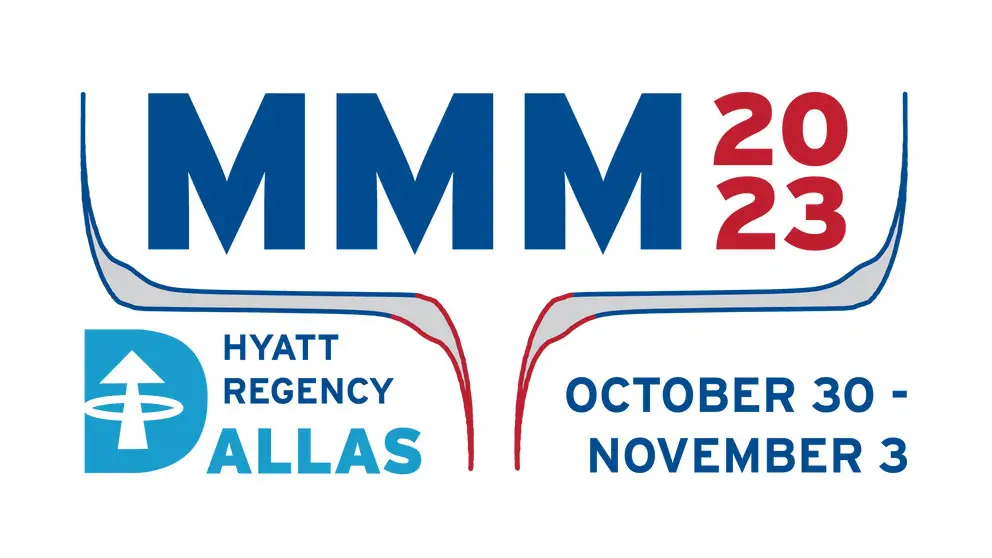DR-14: A Study on Eddy Current Loss Reduction in Single Phase Claw-Pole Motor
Na-Rim Jo, Ye-Seo Lee, Hyun-Jo Pyo, Dong-Hoon Jung and Won-Ho Kim
Poster In-Person
27 Oct 2023
Single-phase Claw-Pole motors can be largely divided into stator types and rotor types depending on their structure. In the case of the rotor type, the winding or permanent magnet is wrapped around the rotor, which is disadvantageous for maintenance, repair, and cost reduction due to additional factors such as brushes and slip rings. In the case of the stator-type Claw-Pole, the ring winding is wrapped in the shape of a stator Claw-Pole in a permanent magnet-type rotor, making it easy to manufacture winding and molds, but the eddy current loss is very large due to the non-stacked steel plate structure using SMC by the stator. The driving principle of the stator type is that the polarity of the up and down Claw is determined by the armature winding magnetic force and the current direction, and a magnetic torque between the magnetic pole formed on the Claw and the permanent magnet generates a rotating force in one direction. Applying the slit structure to the stator core can have the same effect as stacking of existing motors. Air insulation due to the slit structure creates induced electromotive force, which is a source of eddy current, and reduces eddy current loss by increasing electrical resistance compared to the same area. Therefore, the slit structure was applied and analyzed according to the location as shown in Figure 1 to the Claw and stator back yoke parts with relatively many changes in magnetic flux, relatively small magnetic resistance, and the Slit 1 model and Slit 3 model were combined to reduce eddy current. As shown in Figure 2, the Slit 1 model has a 17.4% decrease in Claw and current losses compared to the existing model, the Slit 2 and Slit 3 models have a 8.77% decrease in stator and current losses, respectively. In addition, Claw-Pole motors increase torque and efficiency by reducing eddy current loss because performance degradation caused by eddy current loss occurs relatively more than conventional motors. Depending on the slit position of the proposed model, the torque compared to the existing model increased by 1.3%, 17.2%, 3.2%, and 2.5%, respectively.References: [1] Dae-Sung Jung.(2014).The Study on the design of Claw Pole Stepping Motor considering Axial flux.Journal of the Korean Institute of Illuminating and Electrical Installation Engineers,28(9),28-34. [2] H. -J. Pyo, J. W. Jeong, J. Yu, D. -W. Nam, S. -H. Yang and W. -H. Kim, "Eddy Current Loss Reduction in 3D-Printed Axial Flux Motor Using 3D-Printed SMC Core," 2020 IEEE Energy Conversion Congress and Exposition (ECCE), Detroit, MI, USA, 2020, pp. 1121-1125, doi: 10.1109/ECCE44975.2020.9235442. [3] Lim Seung-bin, "Magnetic Equivalent Circuit Method and Three-Dimensional Yuhan-Yo""Effective Shape Optimization of Crow-Fall Motor Using Small Method," Degree Paper (Doctor), Graduate School of Hanyang University, Seoul, 2007


